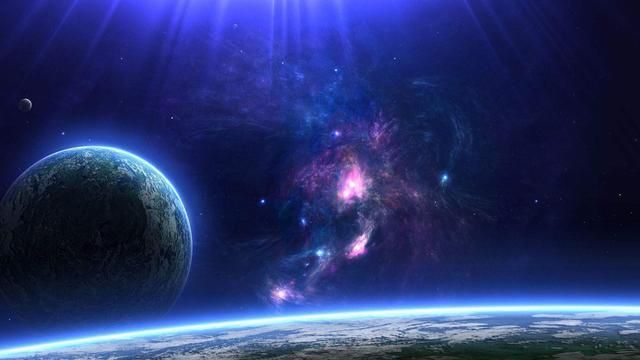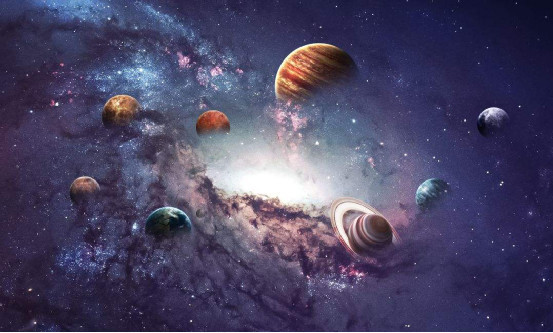Advertisement
Space is an almost a perfect vacuum, full of holes in the universe. Simply speaking, it is because of gravity. But to better understand the vacuum of our universe, it takes some time to understand what a vacuum is -- and what is not vacuum.

So, what is a vacuum? Why isn't space completely empty?
Jackie Faherty who is a senior scientist in the Astrophysics department at the American Museum of Natural History told Live Science that firstly you cannot compare a vacuum cleaner to the vacuum of space. A household vacuum cleaner will effectively remove dust and dirt from your carpet. But the vacuum of space is just the opposite. A vacuum is, by definition, completely devoid of matter. Space is almost completely empty, not because of suction, but because it is almost empty.
This void leads to extreme low pressure. Although we cannot imitate the emptiness of space on Earth, scientists can create extremely low pressure environments known as “partial vacuums”.
Even without vacuuming analogy, "understanding a vacuum is almost unknow because it contradicts the way we exist,” Faherty says. Our experience as human beings is completely confined to a very dense, crowded and dynamic corner of the universe. So it's hard to really understand nothingness or emptiness. But in fact, what seems normal to us on Earth is uncommon in the whole universe, because most of it over there is almost nothing.
Advertisement
Gravity is king
Generally, space would be quite empty, even without gravity. ” There’s not a lot of matter in there which is relative to the size of the universe,” said Cameron Hummel, a theoretical astrophysicist at The California Institute of Technology. According to NASA, the average density of the universe is 5.9 protons (subatomic particles that carry a positive charge) per cubic meter. But because gravity pulls matter together in the universe, it further amplifies the emptiness in certain areas.

Basically, any two objects with weight will be attracted to each other. This is gravity. In other words, “matter likes to be around with other matter,” Faherty says. In space, gravity pulls objects around closer to each other. Being together, their collective mass increases, and more mass means they have a stronger gravitational pull, which in turn pulls more matter closer to them. Firstly, the mass increases, then the gravitational force, then the mass. “It's a uncontrolled effect”, Hummel said.
Hummel said, as these gravitational hot spots continue to attract nearby matter, the space between them is evacuated, creating a cosmic void. But the universe was not like this at the very beginning. After the Big Bang, matter in the universe was spread out more evenly, “almost like a fog”, he said. But over billions of years, gravity pulled the matter together to form asteroids, planets, stars, solar systems and other galaxies; And left holes between the planets, the stars and the galaxies.
However, the vacuum in space is not 100 percent pure empty. Between galaxies, there is less than one atom per cubic metre of space, which means that intergalactic space is not completely empty. But it is far less than the amount of matter that exists in a vacuum that humans have simulated in a laboratory on Earth.
At the same time, “the universe keeps extending,” Faherty says, this ensures that most of the universe is empty.” It sounds utterly lonely.”